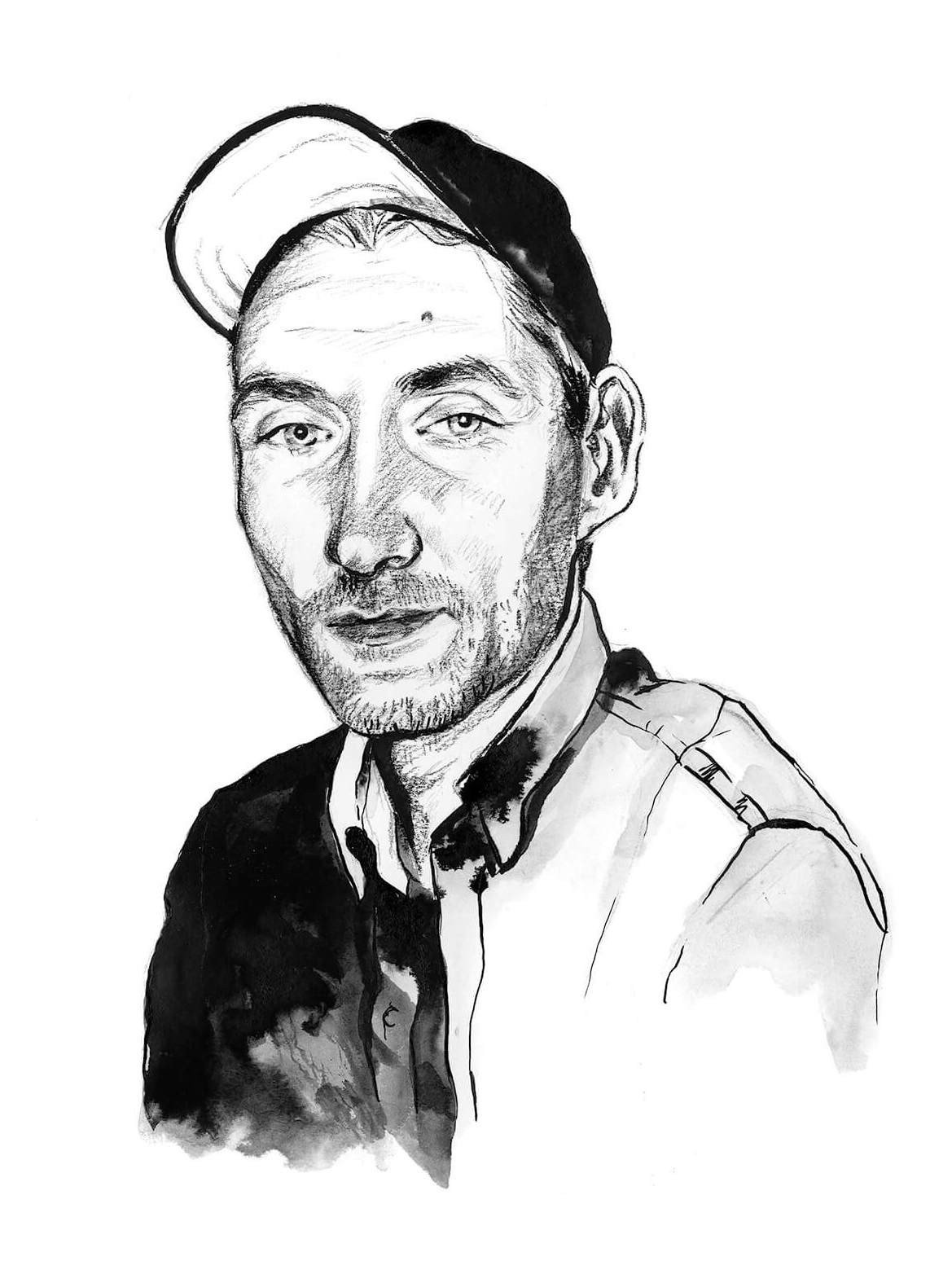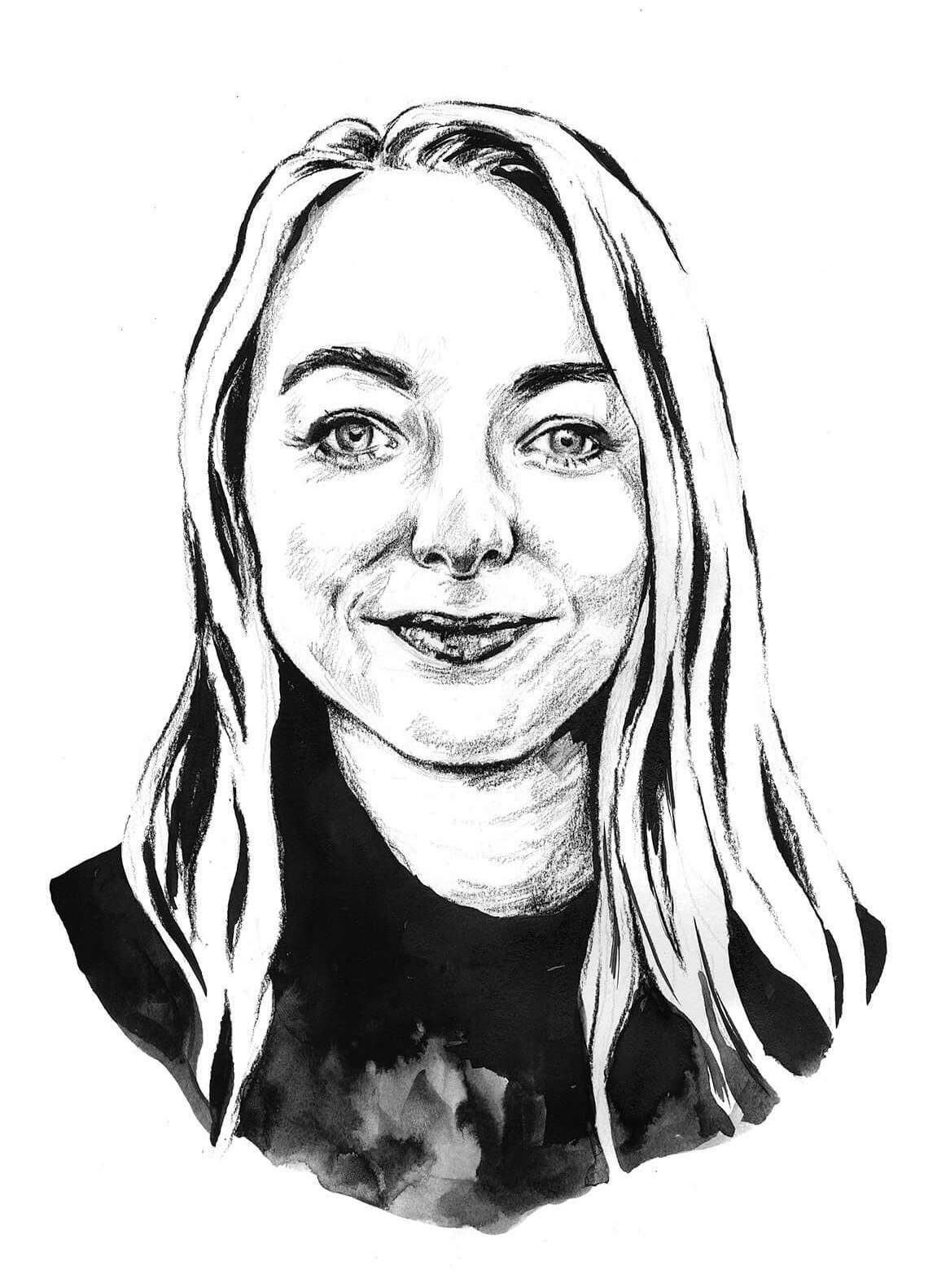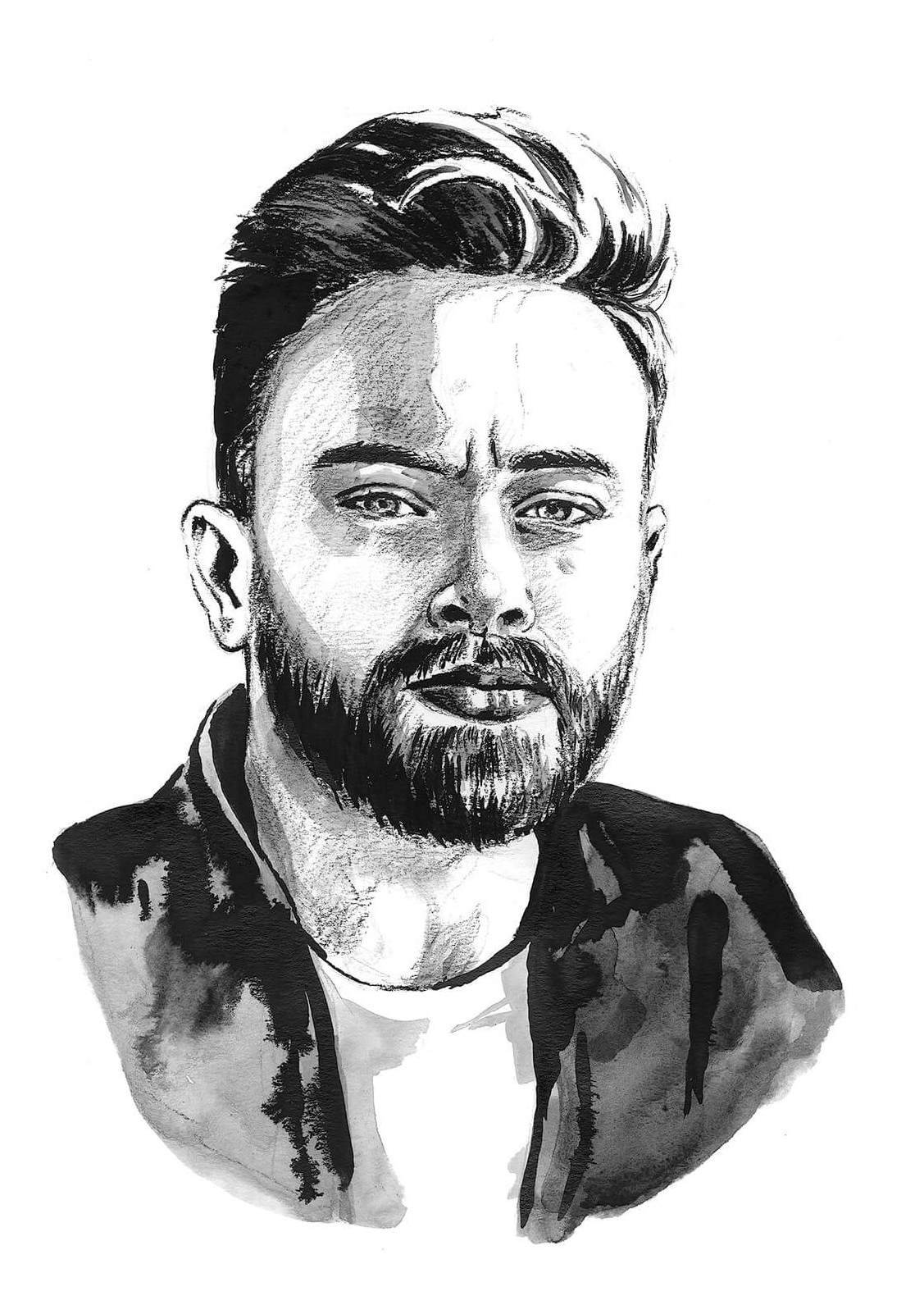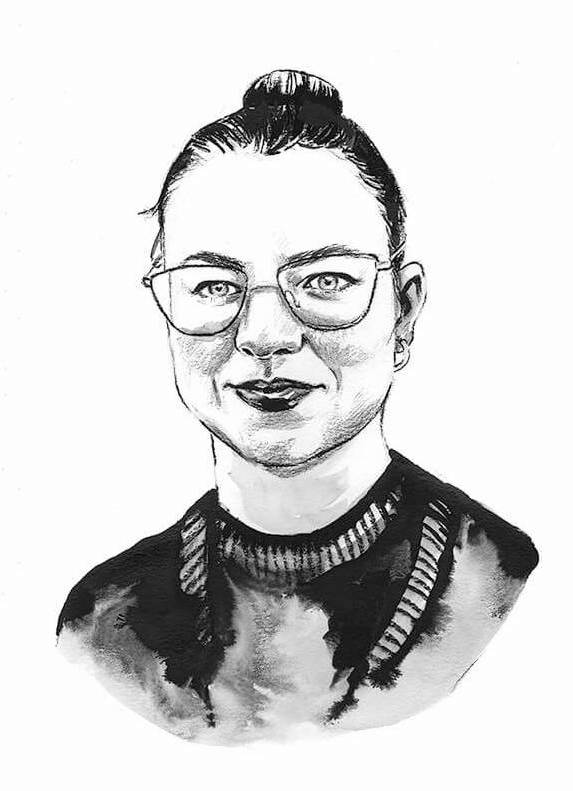Christian Bergheim – Anti

K: What ethical dilemmas do you meet as a designer?
C: This, of course, varies greatly. From large and complex challenges to things having to do with my personal point of view. Recently we found a great packaging supplier, but the packaging had to be sent in a ready-made state. So then we chose a manufacturer delivering flatpack, because of the environment. Another thing you should always consider is that what the client asks for isn’t always necessary.
K: Do clients ask you to go against your moral code?
C: Quite regularly. It is the curse of being a designer. We sometimes have to distinguish between our own values, and the best interests of our clients. Still, we have to be conscious of the responsibility and influence we have, and act as advisors when we see projects that could be more ethical.
K: Are you responsible for the consequences of your design?
C: It’s easy to think we don’t have any influence, and no responsibility. Still, I believe we have to be aware of our role as designers. Look at the tech industry and how effective they’ve become. They’ve been figuring out how they can keep the attention of young children using their phones, and get the brain’s reward center activated as much as possible. The people involved in that work should be aware of their responsibility. New technology has the potential to make our lives better, but in some cases it seems the main goal is to create an addiction—and we end up with a technology that we really don’t want because it makes people disillusioned and depressed.
K: Is it possible to make an ugly message look good?
C: An extreme example is what Hitler did. He fooled everyone into the most insane idea ever. Everything can be packaged, branded and sold.
K: Have you had to say no to an offer because it went against your ethics?
C: That happens. Design can be a business that is morally problematic, and it might be because of clients who have a clear political agenda, and by working with them you will appear to have taken a stand that we are not actually willing to take. It is worth mentioning that we sometimes also take on a project, not because of the business, but because we want to take a stand and make a difference. For example, during the olympics in Russia, and the discrimination against the gay community there. Anti teamed up with Solberg & Hansen and created Rainbow Coffee to promote and celebrate equal rights.
K: What do you think are the biggest ethical dilemmas visual communication designers struggle with nowadays?
C: As a society, we are in a transitional period where we need to drastically decrease consumption and CO2 emissions, so projects that in one way or another are in conflict with this are going to create a lot of ethical dilemmas.
Lisa Landvik Berge – Opplett

K: What background has influenced you when it comes to your outlook in life?
L: My parents aren’t Christian, but I grew up amongst Christians. I’m a youth pastor in my spare time.
K: Do you think your faith leaves a mark on your ethics in design?
L: I want my faith to characterize what kind of person I am —what kind of friend I am, how I am when I shop in the supermarket. But I’m rarely challenged to think about it in the professional work context. I don’t feel that I have to be a Christian designer. I’m a designer.
K: Do you encounter any ethical dilemmas in your professional life?
L: Licensing questions. It’s my responsibility to convey that the client has to pay for font usage. As a freelancer, I encountered the pricing dilemma a lot. I don’t outprice everybody. If all designers work for free all the time, nobody will survive.
K: What is influencing in a positive way?
L: I think it helps to think about things before you start working. You have the possibility to help the client to become more conscious of their decisions.
K: It’s hard to take responsibility for all the consequences of design, but do you have the responsibility to check what happens?
L: It may be the degree of consequence I’m considering, and that’s interesting. How much money would be necessary for me to think that the consequences are not that important?
K: Is the goal to be uncompromising in the context of money?
L: I would like to say yes. I don’t want money to affect my ethical choices, but to be honest my decisions will always be influenced in some way or another. If you know what you stand for, it’s easier not to make random choices on the fly. Of course, if you think you’re not responsible for what the client achieves, it becomes much easier.
K: What are your ethical sources of inspiration when making decisions as a designer?
L: The Bible and Norwegian law are important to me. There are also specific industry standards easily researched. It’s very good to have an organization like Grafill. Their salary surveys are very useful.
K: How do you take into account the employees’ personal ethical framework in your agency?
L: If people don’t want to work on a specific project because of their own ethics, it’s fine for us. People don’t have to think alike to work here. That would be sad.
Vegard Vatne Nilsen – Knowit

K: You’re a User Experience designer. What is that?
V: We take care of users’ actual needs in a solution and put an end to what they find irritating.
K: How do you address ethical dilemmas in your job?
V: I’m trying to stay neutral when it comes to my own morals. I’m not making these designs for myself. Still, there are probably some subconscious choices that are hard to notice.
K: How?
V: If I do something for a brand I’ve had bad experiences with, that may affect how I work. Maybe I care a bit less, and have a little less motivation, while in reality I should treat all clients with the same respect.
K: Are there other ethical challenges in your job?
V: Private data is important. Data is something that can be treated badly if you’re not cautious. There may be personal information stored somewhere on some server that should be deleted. It’s wise to be clear about routines that protect your users. What I think can remove some ethical dilemmas is the obligation to base all the solutions you make on actual user needs. Needs revealed through honest insight from the right users. Another thing I’m thinking about is separating the clients’ needs from the users’ needs. That difference is important. Who are you making solutions for?
K: Is the user or the client prioritized?
V: User. Definitely.
K: Are you responsible for what the solutions you design lead to?
V: Yes, I am. The ambition is that everything should lead to good things. Of course some work we do has more influence. We created Vipps, and that led to a new word in the Norwegian dictionary. Vipps has led to a simplification of something. Projects may turn out the opposite way too, but I don’t have experience of things going too wrong.
K: What makes a solution good?
V: We work to make people work as little as possible. And in the case of Vipps, there is no doubt that one spesific task has become much easier.
K: Do you think your clear user orientation fits all other design work as well?
V: The intention of, i.e. a graphic designer might in some cases not necessarily be the same as that of a UX designer. Designing something solely based on visual appeal, or the projection of our own views, will yield a different outcome than designing with user specific needs in mind.
K: How?
V: When sitting alone, you usually make things for yourself. Or for those you’ve been meeting with. If you manage to include the people you’re actually supposed to reach, you gain insight into how you should design.
K: How do you think Knowit is going to deal with increased data access?
V: The answer is in our user orientation. We have a good basis for asking the critical questions.
K: Do you like our consumer society?
V: In a way it’s what keeps me moving. Most of designers’ clients have the intention to sell or earn money. And some things are perceived as more friendly or positive than others, but the intention is the same. Our clients have to make money. We have to make money. Even the users make money, one way or another.
Camilla Gjerde Lund – Freelance

K: You have a bachelor’s degree in social science. How does that affect your view on design?
C: I don’t look at design as something isolated, but rather something that affects other professions and people, in society. I also think it’s important that designers are conscious of how they build the professional environment. If we’ve got a strong trade union we can define what design is, and how we want to work. And I think that’s much more important than moral education on what production processes are environmentally friendly, and telling people we have to do human-centered design. All of that is pretty obvious.
K: More focus on designers, less focus on how to influence the world around us?
C: Yes. At least in an educational context.
K: Are you thinking about pay or other things as well?
C: Work environment, employment, pension agreements. Things you don’t think about as a student, but become very important profesionally and you realize how poorly paid you can be. We have a problem regarding credibility. Many wonder what the point of design is. If we’ve got a strong professional environment, we will also gain more credibility, and respect for the work we do.
K: What are the ethical dilemmas you encounter?
C: I am concerned with doing research when I’m making things. Especially if I’m going to represent a musician. Then it’s really important that I don’t create a black metal poster for somebody that plays pop. There must be a balance between what you want to make as a designer and the fact that it should fit the artist’s profile. Another thing is that you get reasonable time. Let’s say you’re going to make a visual profile for a company, and you get told that they want it the next day. That isn’t okay. You need time to do work that you can vouch for. If you’re constantly working under pressure, it is not good for you. Copying is also something I don’t think is okay. If the client says: “We want something very similar to…” then I will say: “No, but we can do something else”.
K: Do clients say “ok” then, or do they go elsewhere?
C: You must think that the work you do has to strengthen your reputation. Copying things will definitely hurt me if I become known as the designer that copies. And usually clients don’t move on too quick—people need us more than we think!
K: What kind of design inspires you?
C: Jeremy Jansen, Pentagram, and Yokoland. I am very fond of designers who are somewhat uncompromising, because a lot of design is controlled by fear of losing the job or the need to earn money. There is something about daring to say no to a client. I respect it.
K: What makes you say no to a client?
C: I’ve said no to jobs because they’ve been too badly paid, and if the client isn’t polite, or does not respect my profession. I notice that I say yes more often than no, but then it’s to projects that I like. If you like the project it’s easier to contribute. That’s a funny thing that clients are often unaware of.
K: What is it to make things that matter?
C: If you think that the design profession has a history and we’re part of a culture, then creating something that is unconventional will contribute to our visual history. That’s valuable.